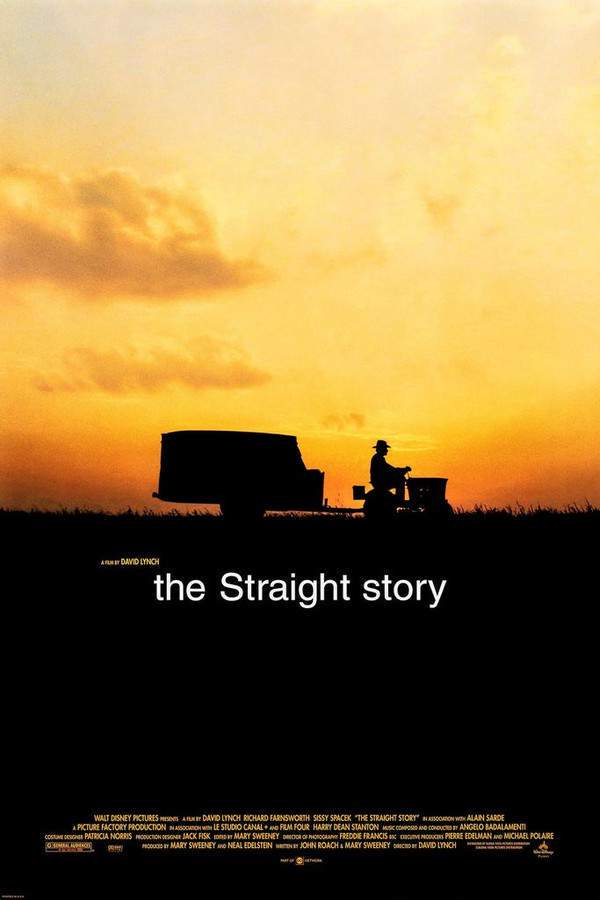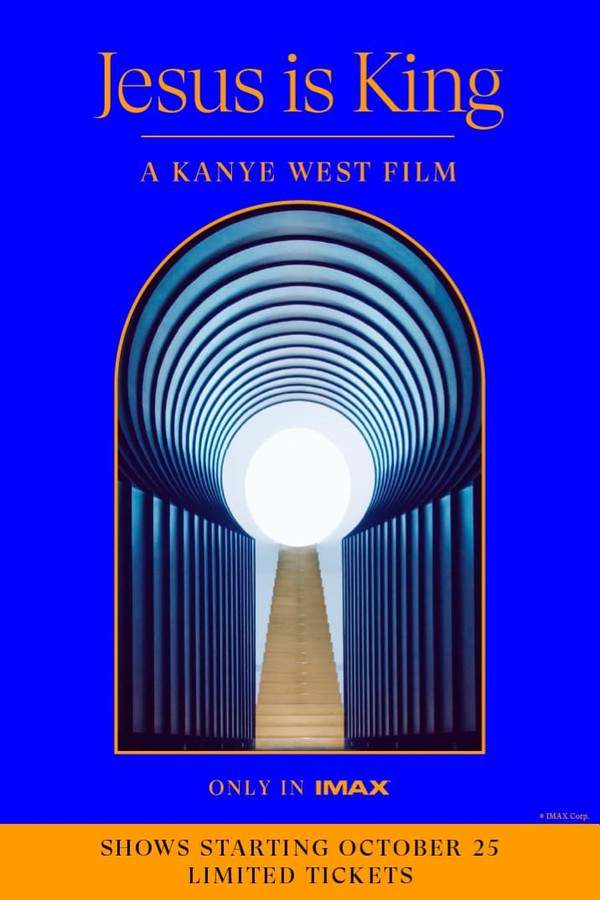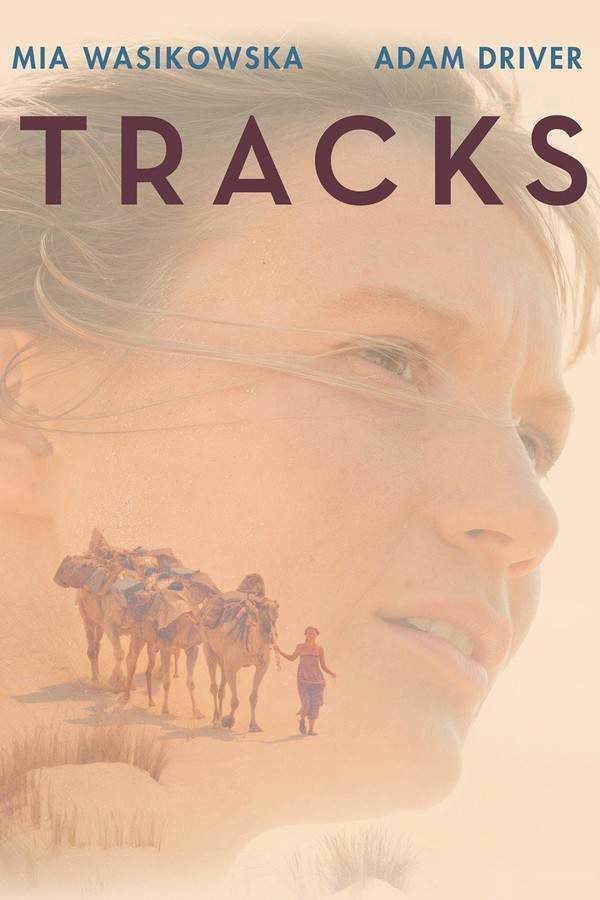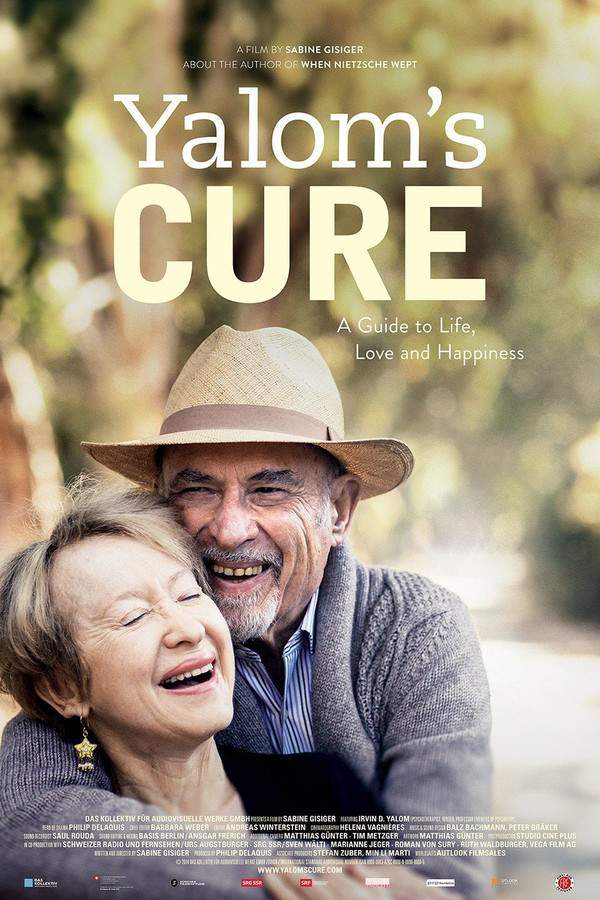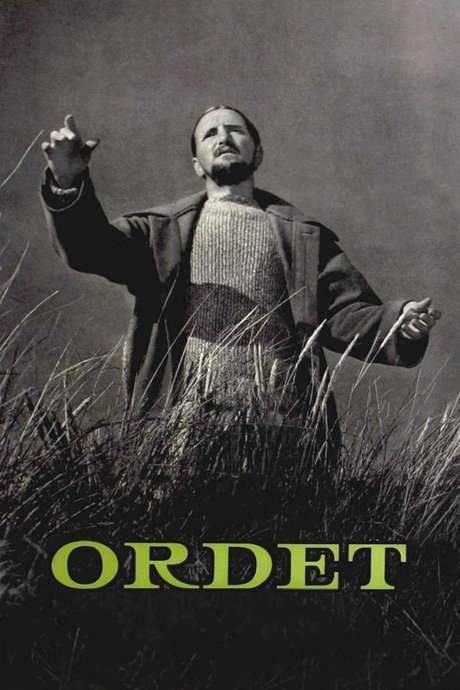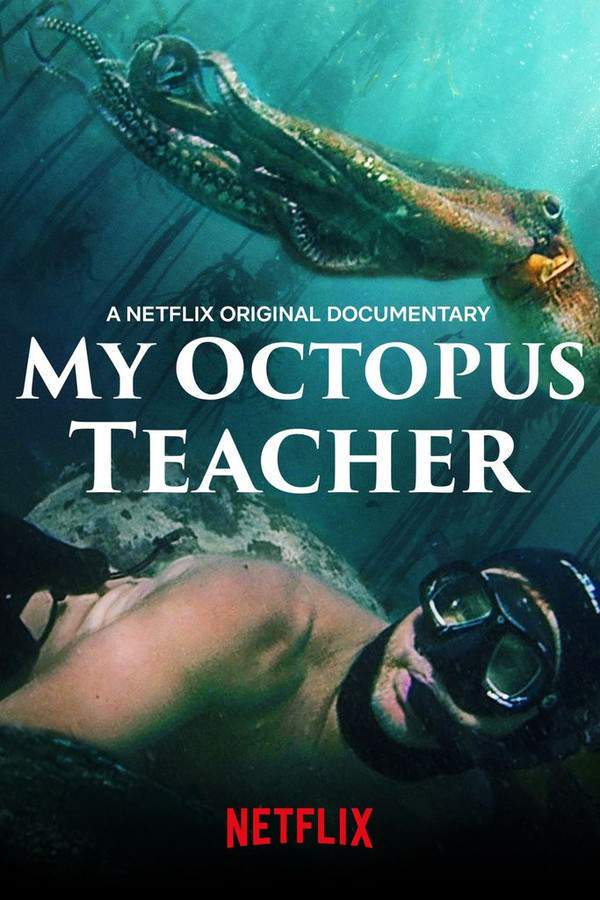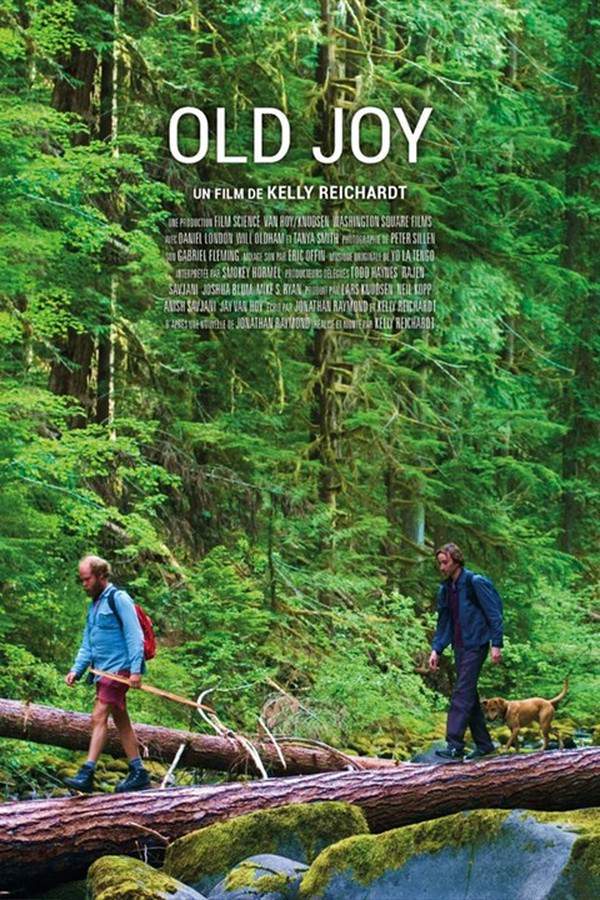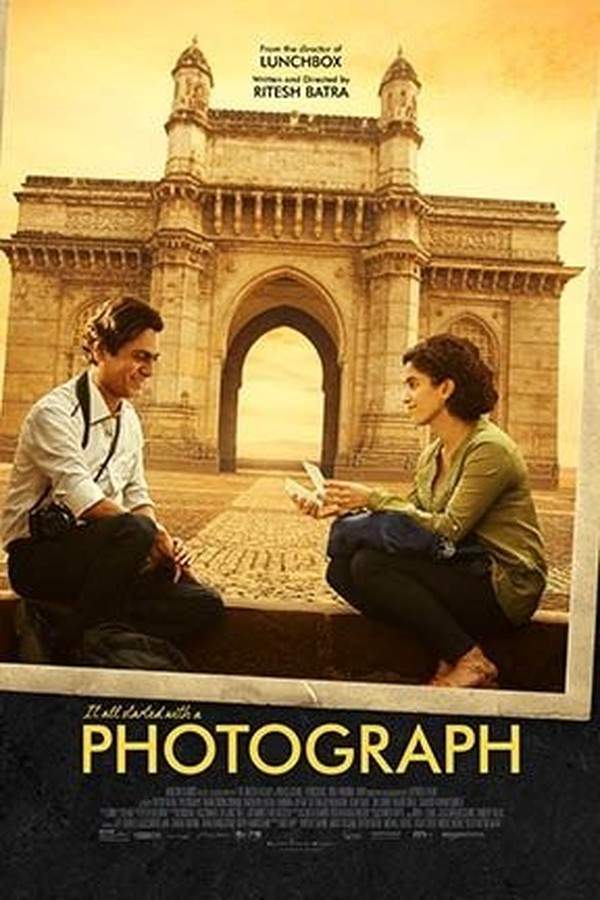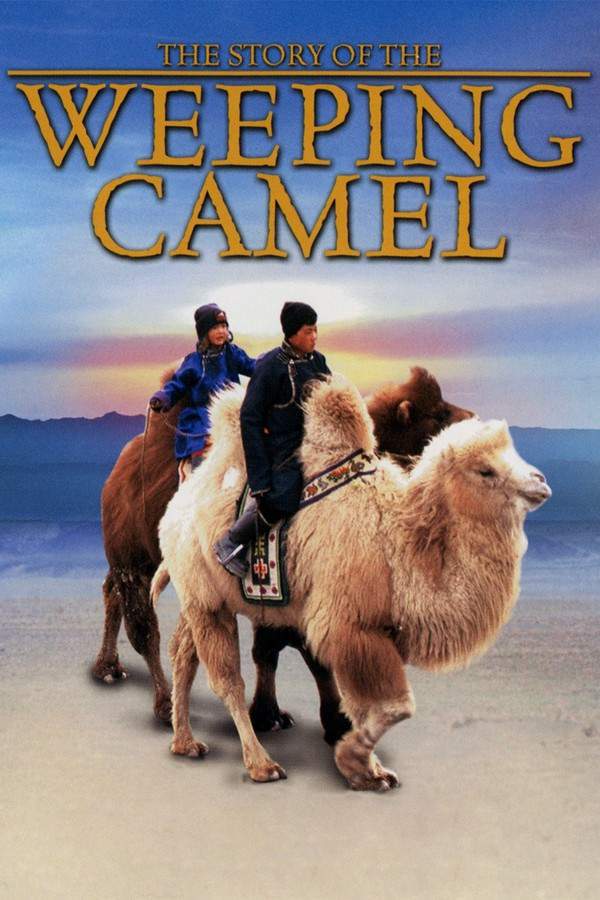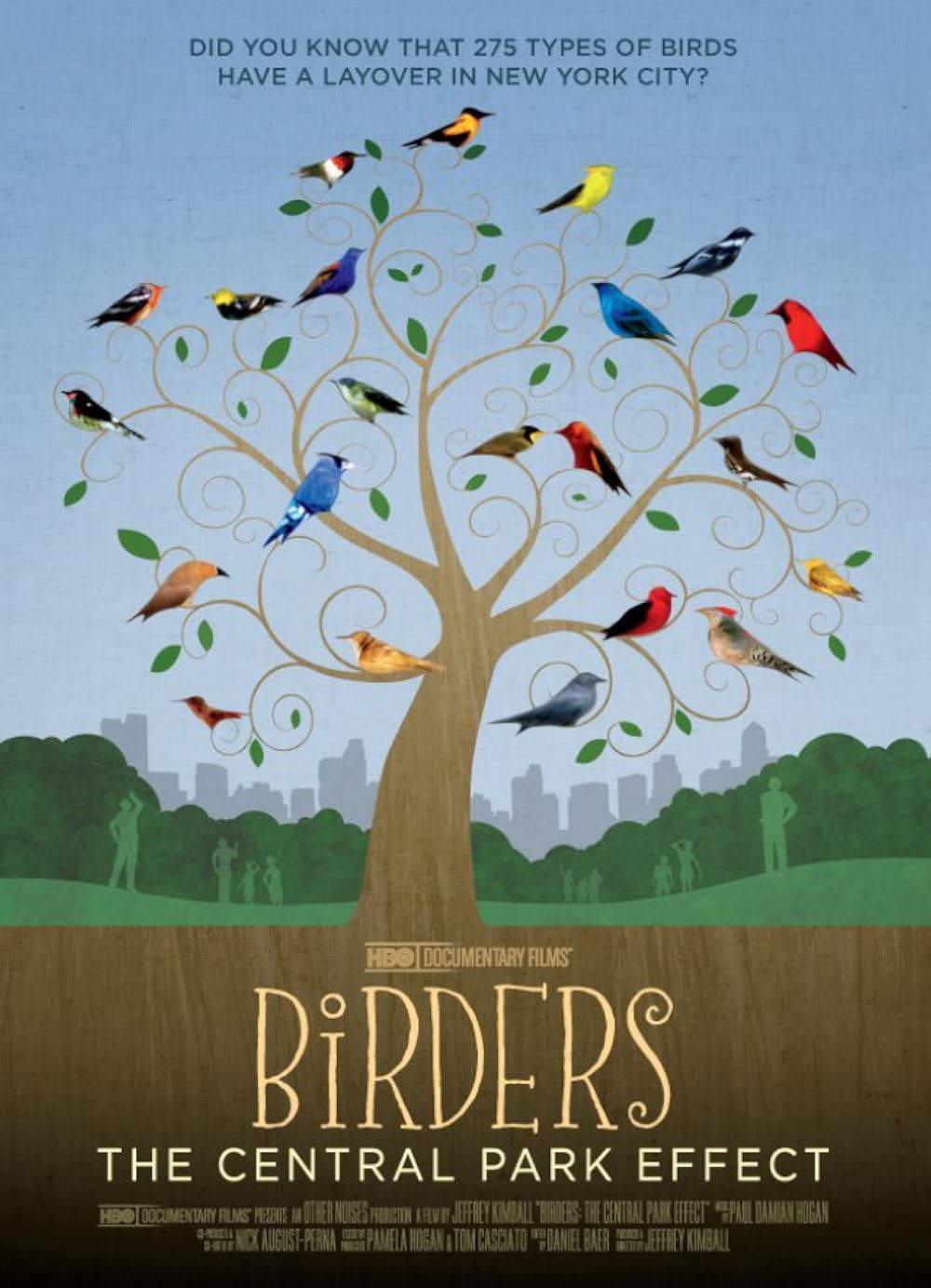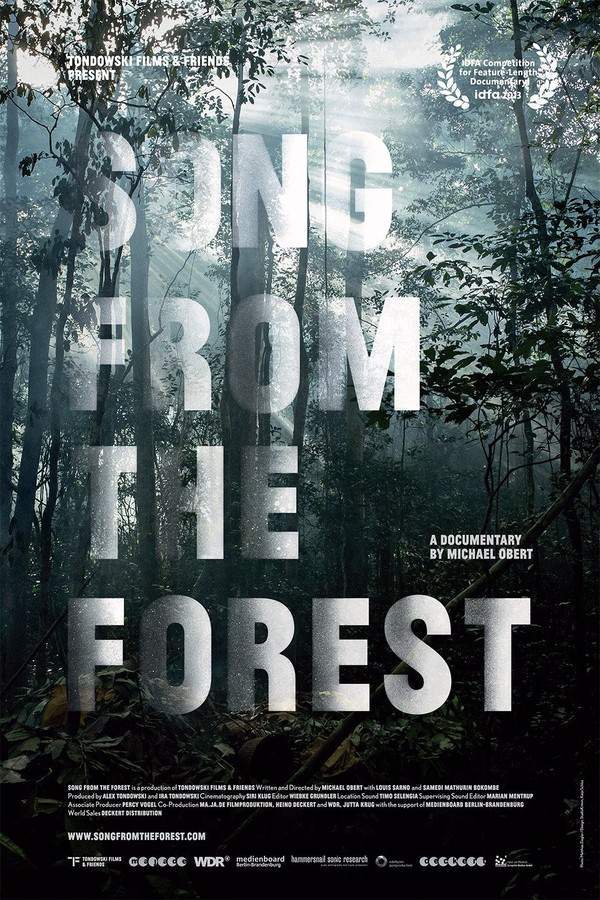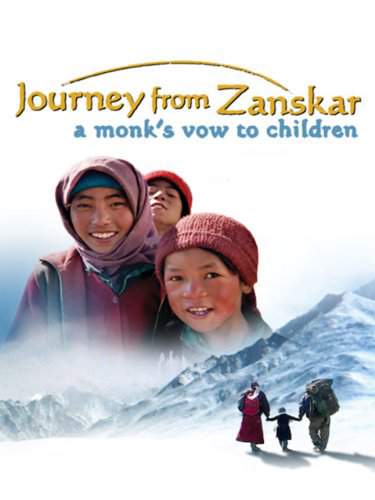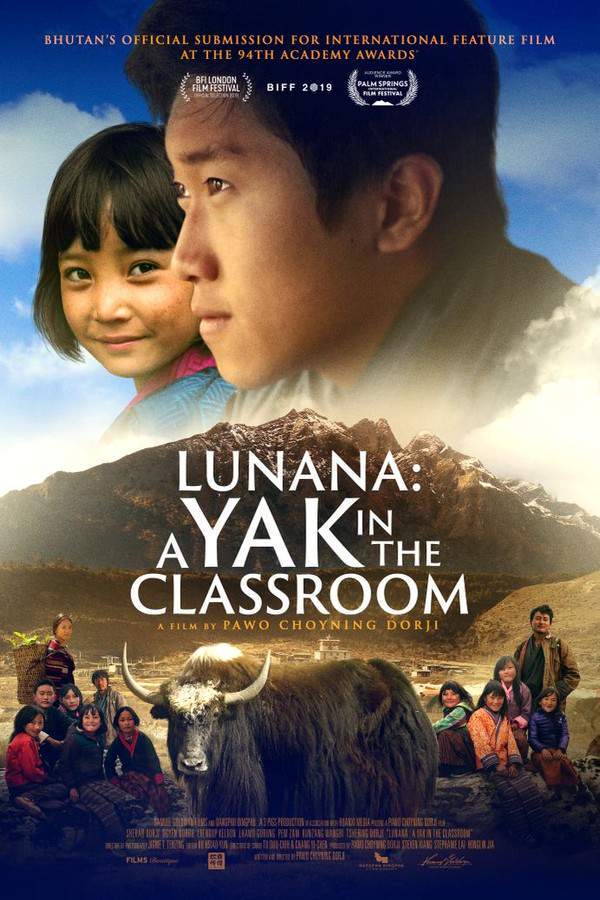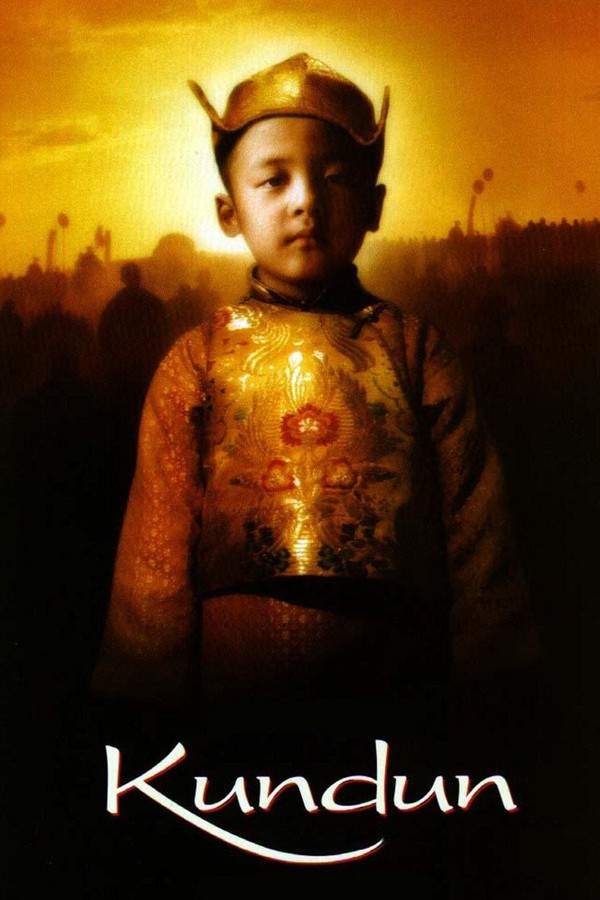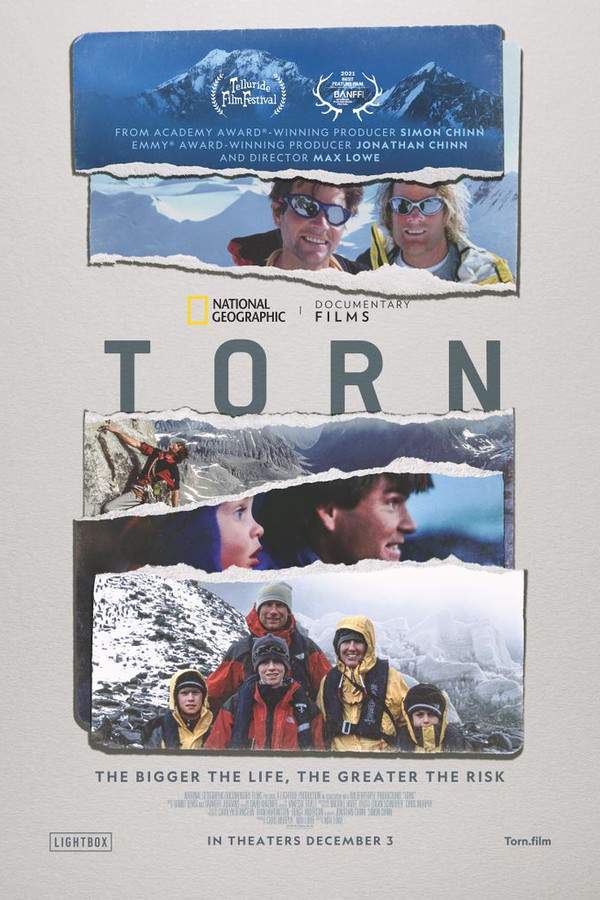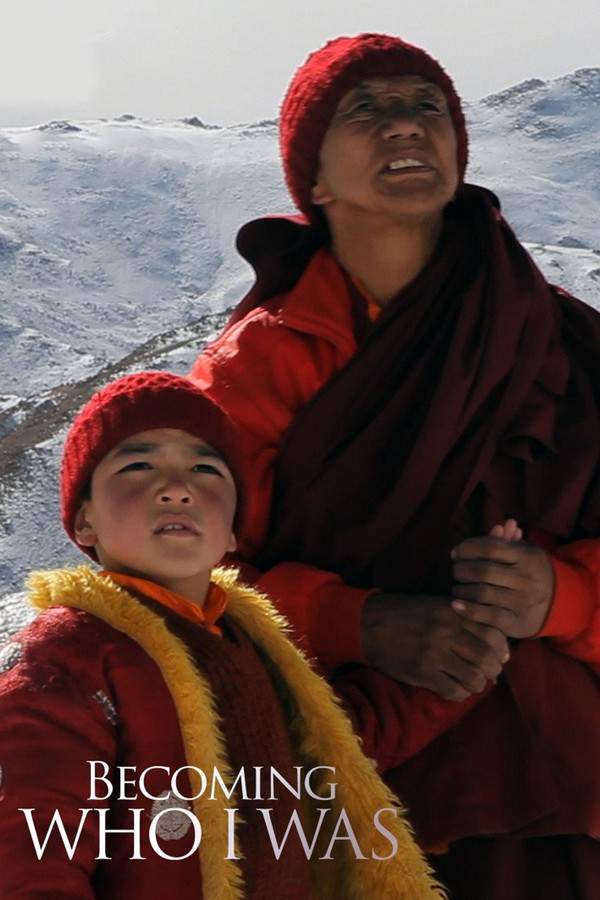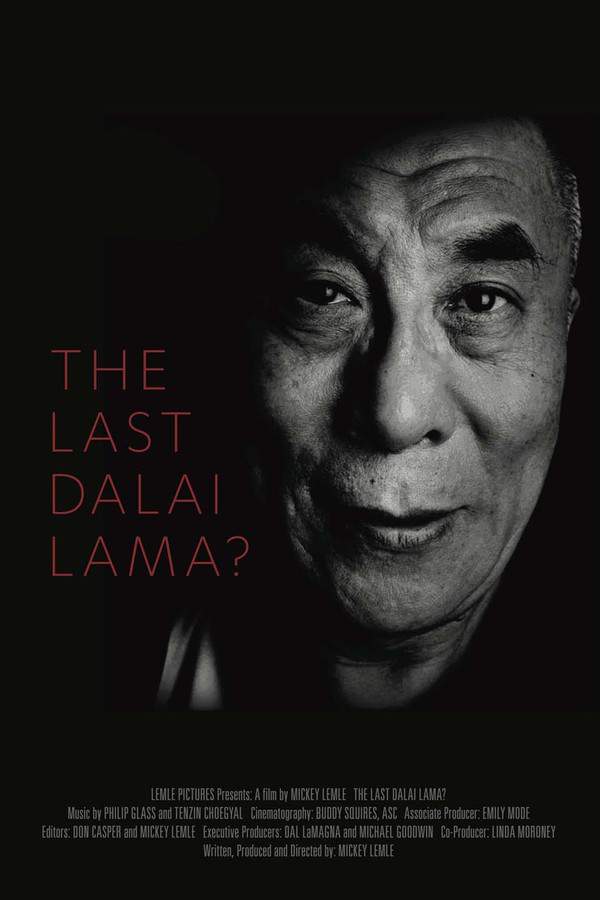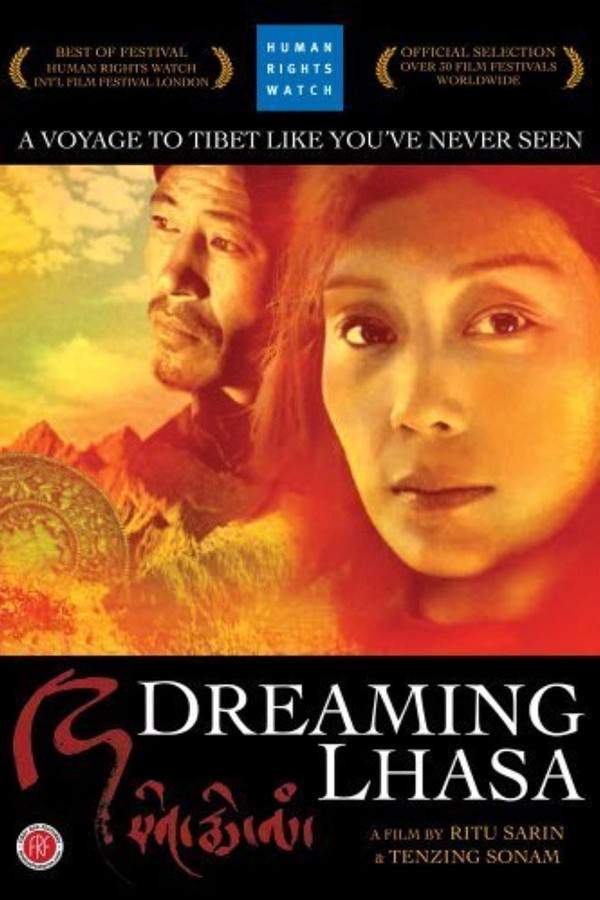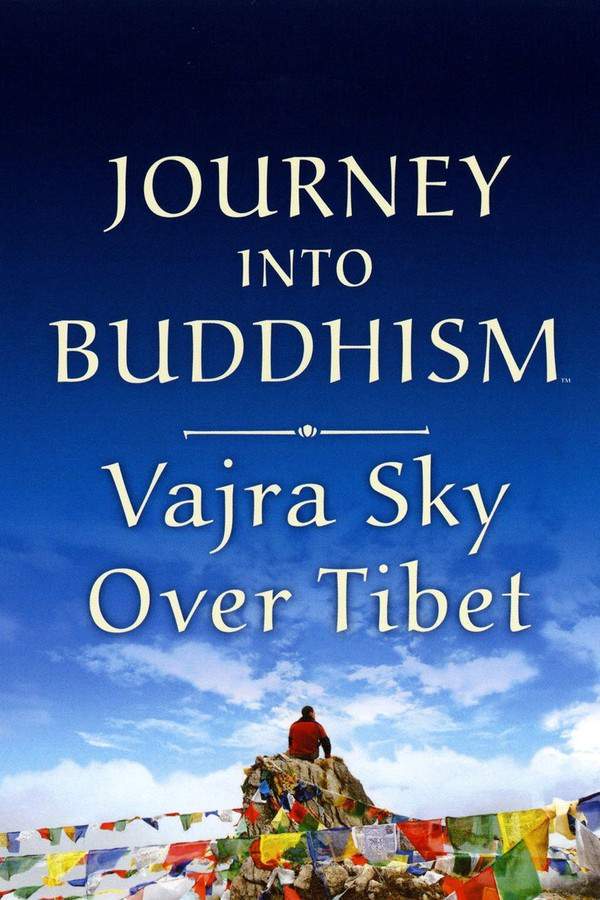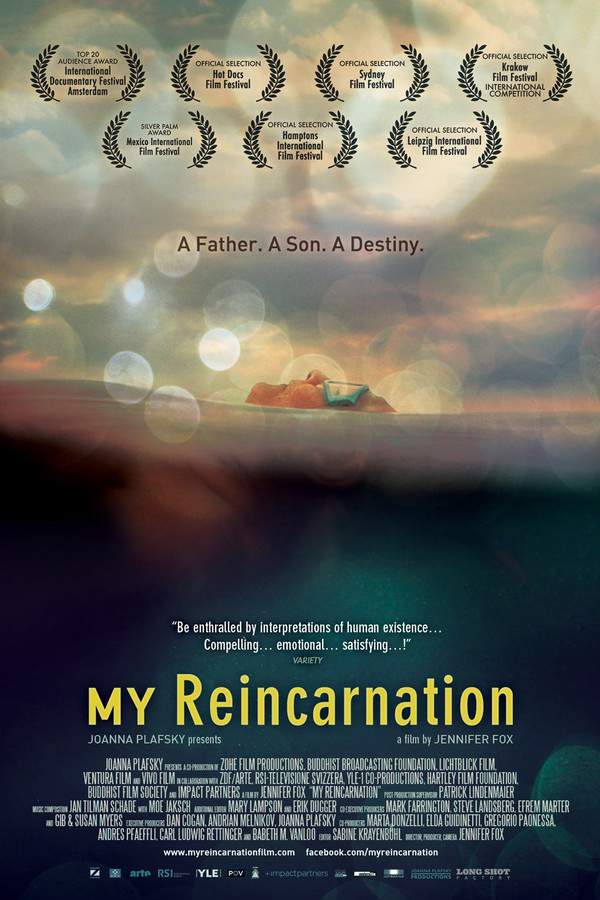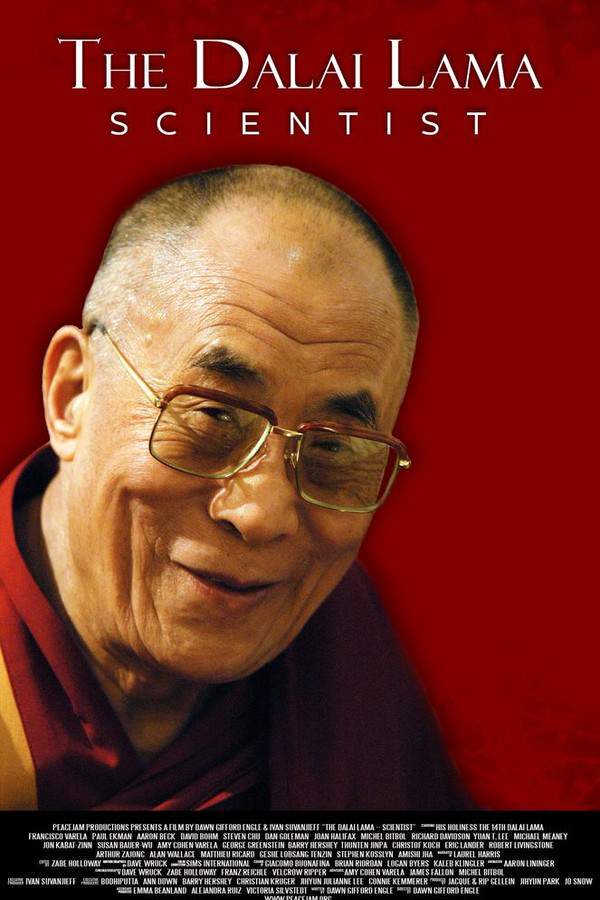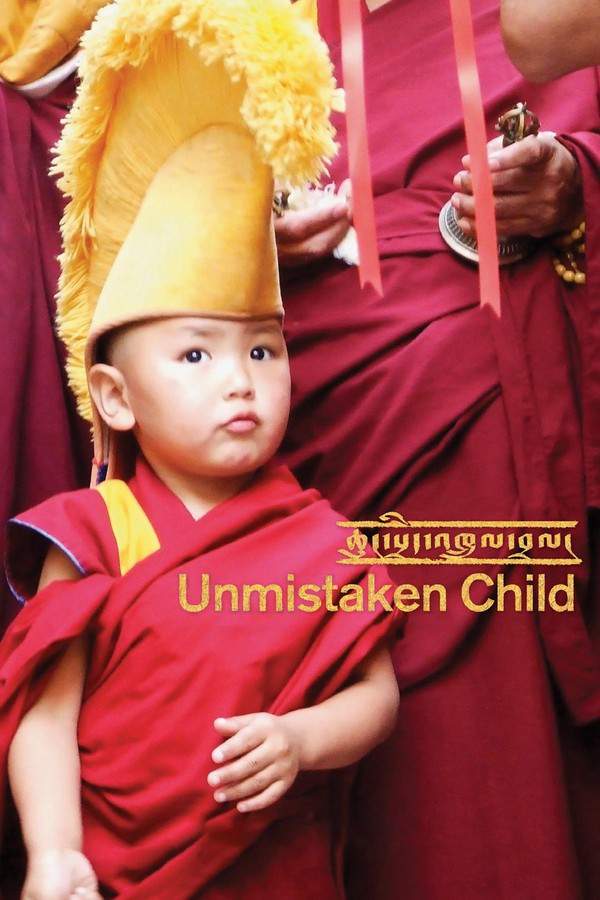
Unmistaken Child
Year: 2009
Runtime: 102 min
Language: english
Director: Nati Baratz
Within the traditions of Tibetan Buddhism, the reincarnation of revered spiritual leaders is a deeply held belief. This film follows a four-year journey to locate the reincarnation of Lama Konchog, a respected figure who died at the age of 84. With the blessing of the Dalai Lama, Tenzin Zopa undertakes a touching quest to find his master's successor. The search explores the profound concepts of karma and the enduring human desire for enlightenment, offering a glimpse into a unique spiritual practice.
Warning: spoilers below!
Haven’t seen Unmistaken Child yet? This summary contains major spoilers. Bookmark the page, watch the movie, and come back for the full breakdown. If you're ready, scroll on and relive the story!
Timeline – Unmistaken Child (2009)
Trace every key event in Unmistaken Child (2009) with our detailed, chronological timeline. Perfect for unpacking nonlinear stories, spotting hidden connections, and understanding how each scene builds toward the film’s climax. Whether you're revisiting or decoding for the first time, this timeline gives you the full picture.
Last Updated: November 08, 2024 at 06:31
Explore Movie Threads
Discover curated groups of movies connected by mood, themes, and story style. Browse collections built around emotion, atmosphere, and narrative focus to easily find films that match what you feel like watching right now.
Spiritual Quest Films Like Unmistaken Child
Films that follow a patient search for meaning and enlightenment.If you liked the patient spiritual journey in Unmistaken Child, explore movies that follow similar quests for enlightenment. These documentaries and dramas capture the essence of faith, mentorship, and the search for meaning in quiet, reverent stories.
Narrative Summary
Narratives in this thread typically follow a linear, character-driven quest focused on a spiritual goal. The central conflict is often internal, wrestling with faith or doubt, while the external journey is methodical and set against meaningful cultural or natural backdrops.
Why These Movies?
Movies are grouped here by their shared focus on a spiritual search, a patient and reverent tone, and a meditative pacing. They create a similar viewing experience of quiet introspection and emotional resonance centered on themes of faith and discovery.
Meditative Documentaries Similar to Unmistaken Child
Observational films that find profound meaning in quiet, human moments.Fans of the serene and observational style of Unmistaken Child will appreciate these meditative documentaries. They offer a window into unique cultures and human experiences, told with a patient pace and deep emotional respect.
Narrative Summary
These documentaries unfold without a heavy-handed narrative arc, instead building understanding through accumulated moments. The story is found in the details of tradition, ritual, and interpersonal connections, often leading to a quietly uplifting conclusion.
Why These Movies?
This thread connects films through their shared cinematic language: a slow, observational pace, a straightforward narrative complexity, and a focus on capturing authentic human experience with emotional sincerity and a serene atmosphere.
Unlock the Full Story of Unmistaken Child
Don't stop at just watching — explore Unmistaken Child in full detail. From the complete plot summary and scene-by-scene timeline to character breakdowns, thematic analysis, and a deep dive into the ending — every page helps you truly understand what Unmistaken Child is all about. Plus, discover what's next after the movie.
Unmistaken Child Summary
Read a complete plot summary of Unmistaken Child, including all key story points, character arcs, and turning points. This in-depth recap is ideal for understanding the narrative structure or reviewing what happened in the movie.

Characters, Settings & Themes in Unmistaken Child
Discover the characters, locations, and core themes that shape Unmistaken Child. Get insights into symbolic elements, setting significance, and deeper narrative meaning — ideal for thematic analysis and movie breakdowns.

Unmistaken Child Spoiler-Free Summary
Get a quick, spoiler-free overview of Unmistaken Child that covers the main plot points and key details without revealing any major twists or spoilers. Perfect for those who want to know what to expect before diving in.

More About Unmistaken Child
Visit What's After the Movie to explore more about Unmistaken Child: box office results, cast and crew info, production details, post-credit scenes, and external links — all in one place for movie fans and researchers.

Similar Movies to Unmistaken Child
Discover movies like Unmistaken Child that share similar genres, themes, and storytelling elements. Whether you’re drawn to the atmosphere, character arcs, or plot structure, these curated recommendations will help you explore more films you’ll love.
Explore More About Movie Unmistaken Child
Unmistaken Child (2009) Plot Summary & Movie Recap
Unmistaken Child (2009) Scene-by-Scene Movie Timeline
Unmistaken Child (2009) Spoiler-Free Summary & Key Flow
Movies Like Unmistaken Child – Similar Titles You’ll Enjoy
Lunana: A Yak in the Classroom (2022) Story Summary & Characters
Kundun (1997) Ending Explained & Film Insights
Torn (2021) Full Movie Breakdown
Becoming Who I Was (2018) Plot Summary & Ending Explained
The Last Dalai Lama? (2017) Plot Summary & Ending Explained
Dreaming Lhasa (2007) Full Movie Breakdown
Vajra Sky Over Tibet (2006) Full Movie Breakdown
My Reincarnation (2011) Film Overview & Timeline
The Dalai Lama: Scientist (2019) Ending Explained & Film Insights
The Next Guardian (2017) Full Summary & Key Details
What Remains of Us (2004) Full Movie Breakdown
A Little Monk (2003) Ending Explained & Film Insights
Buddha’s Lost Children (2006) Story Summary & Characters
Little Buddha (1993) Ending Explained & Film Insights
The Tibetan Book of the Dead: A Way of Life (1994) Detailed Story Recap

